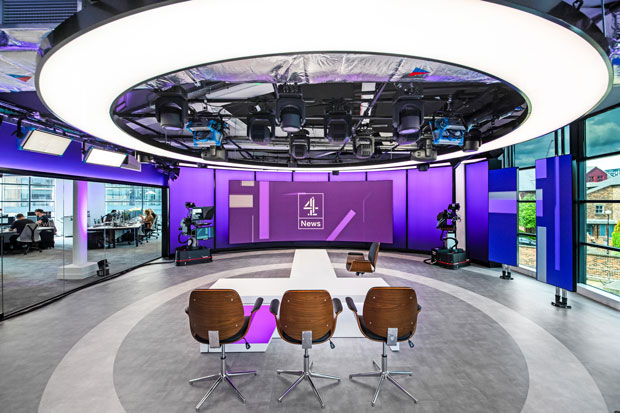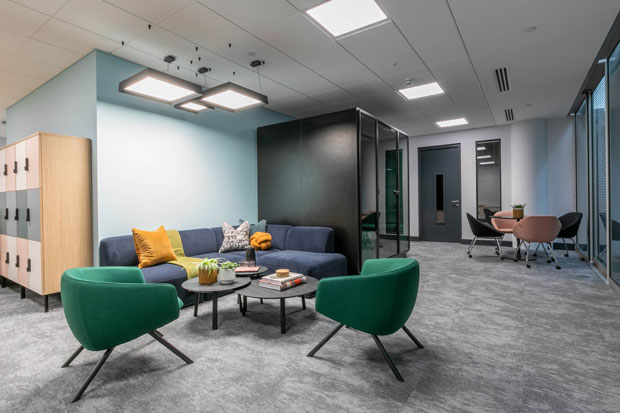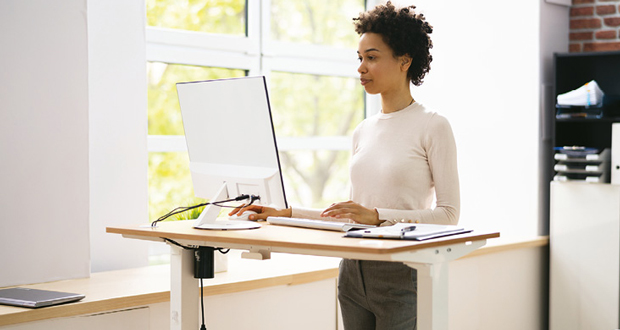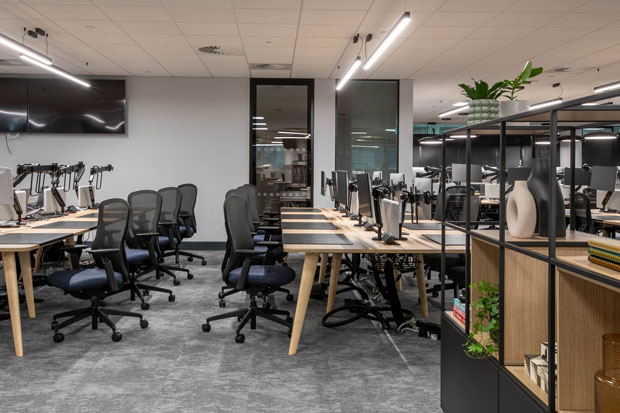What is happening in the world of ergonomic furniture and accessories? Darryl Easton, Managing Director of East On Commercial Interiors, provides an update…
Many workplace and facilities professionals are juggling competing demands of a distributed workforce, hybrid working practices and, in some cases, the desire to encourage more colleagues to return to the office. The team at East On Commercial Interiors can provide solutions that support these workplace changes, however daunting they seem.
The basics still remain, though: Health and Safety Display Screen Equipment (DSE) regulations apply to all businesses with colleagues using PC’s, laptops, tablets or smartphones daily for continuous periods of an hour or more. So it’s about more than simply new desks and chairs, what’s required is assessment of each colleague’s full workstation set up.
Ultimately, it’s about enabling our teams to feel that their employer is looking after their welfare; key to this is encouraging a culture that encourages breaks for movement and stretching without colleagues feeling embarrassed.
Managing ergonomics can be viewed as an “add on” to a facilities professional’s existing tasks but the team at East On Commercial Interiors can help manage workplace assessments, just get in touch to find out more here.
The ergonomic workplace can be broken down into three aspects: creating the best possible working environment, encouraging an active workplace and providing optimum workstations with features that enhance productivity and keep teams healthy. These include:
Specialist laptop tables specifically designed for breakout areas. Instead of the user leaning across from soft seating, new models are height adjustable tables that come to them.
Desktop Lockers. Hybrid working means that staff don’t work from the same desk; new office projects tend to dispense with pedestals in favour of lockers that slide in next to the user so there is no need to bend over to retrieve items.
Ergonomic furniture. A lead driver in the majority of current furniture purchases is, of course, sustainability, followed by the need to meet ergonomic challenges at a great price point. We find that businesses tend to select simple styles that are used across the board wherever their teams are working, with supportive mesh back chairs still being a popular choice. So it is possible to meet both your sustainability and DSE targets!
An ergonomic office chair needs to have a range of adjustable features that support and respond to the user’s movements. Demand for sit/stand desks is increasing, with larger businesses allowing for around 20% of desks to be height adjustable; the latest models have battery-operated height adjustment so that desks can be repositioned around the workplace and aren’t tied to a floorbox.
We work with facilities and workplace professionals from project inception, which means that we are in a position to advise on ergonomics whilst working on overall fit out schemes, including space planning and interior design. Our advice is:
- Audit your team’s current furniture and accessories requirements with full DSE assessments of each team member– one size doesn’t fit all. Prioritise health.
- Think about your culture – if your teams don’t feel comfortable taking a break to move around and stretch, the best sit/stand desk on the market won’t help. The novelty of a sit/ stand desk will soon wear off if changing position isn’t encouraged.
- Factor in DSE requirements – screen positions are vitally important to avoid neck strain before you get to desk and chair planning, so monitor arms, document holders and laptop stands are crucial.
- Plan your breakout areas as workspaces – if you are encouraging collaborative working in these areas, ensure that your teams can use laptops effectively whilst using soft seating. And of course these might also be ideal spaces for movement and stretching or even walking meetings.
- Hybrid working needs ergonomic flexibility – you won’t have the same people in every day so it isn’t possible to set up a bespoke work station for each colleague.
- Ensure your team is equipped with the correct ergonomic furniture and accessories when they are home working.
- Static monitor arms are a false economy – screens need to be adjusted with each user and also to have the flexibility to move with a sit/stand desk.
- Assess furniture and accessories budgets once ergonomic planning has been done.
East On Commercial Interiors is part of the East On Projects Group which has over 75 years of furniture experience and also manages full Design and Build projects from architects’ plans through to interior design, space planning and technical requirements such as HVAC and M&E. We deliver projects for high profile businesses such as DPD, Channel 4 News and ITN – read our case study for ITN here.
Why not get in touch to learn more about how we can support your next workplace project? Our friendly team are just a call away on 020 3649 8585.








